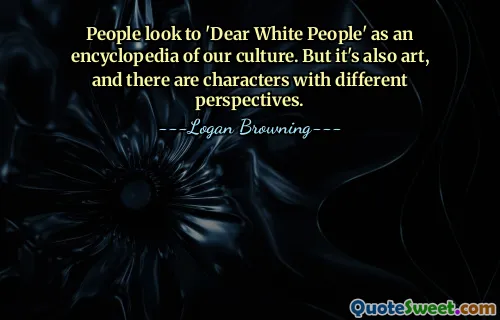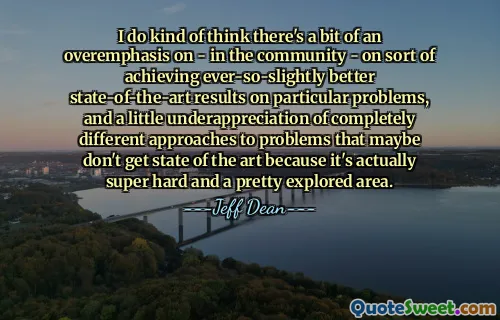
Great art - or good art - is when you look at it, experience it and it stays in your mind. I don't think conceptual art and traditional art are all that different.
Damien Hirst succinctly captures an essential truth about art: its lasting impression on the viewer. Art, whether categorized as 'great' or 'good', transcends mere aesthetics or technique; it resonates deep enough to linger in one's memory and thoughts. This insight challenges us to reconsider the often rigid distinctions drawn between conceptual and traditional art. Conceptual art, known for its emphasis on ideas over form, is sometimes dismissed by purists of traditional art, which privileges skill and craftsmanship. However, Hirst’s perspective invites us to see beyond these labels, encouraging an understanding that both forms ultimately aim to provoke an experience that is impactful and thought-provoking.
The lasting impact of art is a testament to its power to communicate, evoke emotions, and stimulate reflection. Whether through a painstakingly detailed oil painting or a provocative installation driven by concept, the core of art’s value lies in how it engages the observer's mind and heart. Hirst’s view democratizes the art world, promoting inclusivity of different styles and philosophies. It urges us to focus more on the effect and the experience rather than get distracted by debates about artistic categories. This perspective can enrich our appreciation by reminding us that art serves as a dialogue between the creator and the audience, where meaning is co-created and where the artist’s intention and viewer’s perception both hold significance. In essence, great art is not confined by tradition or concept but is defined by its enduring presence in our consciousness.
Through this lens, we are encouraged to approach art openly, ready to be touched and changed by its presence, whatever form it takes. Hirst’s observation is a compelling call to appreciate art’s essence: its power to stay with us long after we first encounter it.











